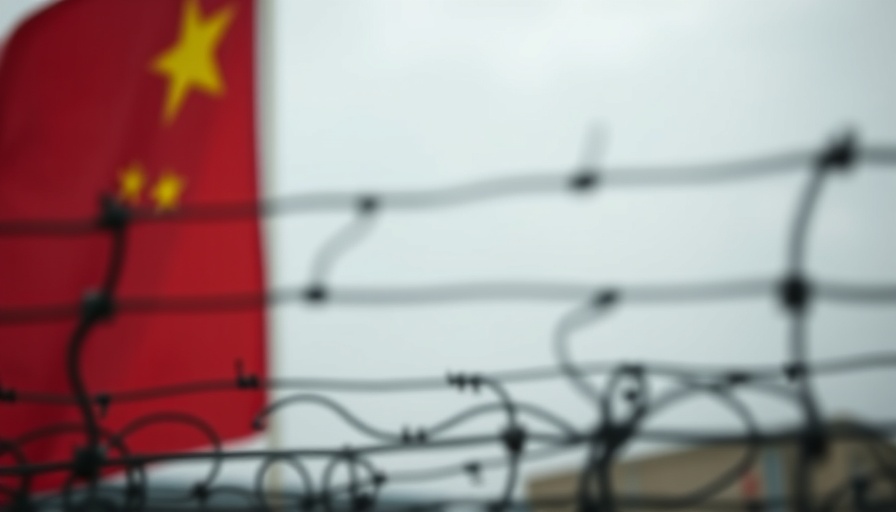
China's AI Censorship: A Real-Time Monitoring Tool
The recent leak of a massive dataset reveals the extent to which the Chinese government employs artificial intelligence in its quest for censorship. Researchers discovered that over 133,000 examples of sensitive content have been fed into an AI system designed to automatically flag and censor anything seen as politically inconvenient or socially detrimental. This advanced language model goes beyond the basic constraints of previous censorship techniques, which largely relied on manual input and reactive policies.
From Basic Filters to AI-Driven Automation
In a landscape where traditional censorship mechanisms might include human-operated keyword searches, the recent revelations showcase a significant shift. Xiao Qiang, a researcher at UC Berkeley, has labeled this system as "clear evidence" of the government's intention to leverage AI for greater efficiency in controlling state information. Unlike its predecessors, which often missed nuanced language or indirect references to sensitive topics, this advanced AI system can analyze context and subtleties, providing a much greater granularity in censorship practices.
The Broader Implications on Global AI Usage
This trend is not isolated to China. As authoritarian regimes around the world explore ways to integrate advanced technology for information suppression, the international tech community must confront the ethical implications of such automation. The ease with which governments can now monitor dissent signals a potential chilling effect on free speech globally.
The Dangers of Enhanced Censorship Technology
Experts have raised concerns about the dual-use nature of such technologies. While AI tools can be used for beneficial applications, in the wrong hands, they enable sophisticated layers of control inaccessible to previous generations of tech. This raises critical questions about the roles of tech companies versus governments in shaping where the future of AI lies.
Future Trends in AI Censorship
The ongoing development of AI systems to censor content in real-time raises warnings about an impending future where dissent might be stifled before it even emerges. Experts warn that if these technologies remain unchecked, the line dividing informational suppression and governance will blur, leading to sophisticated, pervasive censorship.
How to Prepare for Increasing Surveillance
With the rise of AI-driven censorship devices, it’s imperative for individuals and organizations to adopt measures that can protect privacy and encourage open discourse. Utilizing decentralized platforms for communication, leveraging encryption, and advocating for policy transparency are some ways to counteract growing surveillance.
Concluding Thoughts on AI and Censorship
As technology continues to advance, understanding the implications of these developments is crucial for maintaining democratic freedoms. Individuals and groups must remain vigilant about how AI is used in governance and highlight the importance of dialogue about AI ethics in policy.
 Add Row
Add Row  Add
Add 



Write A Comment